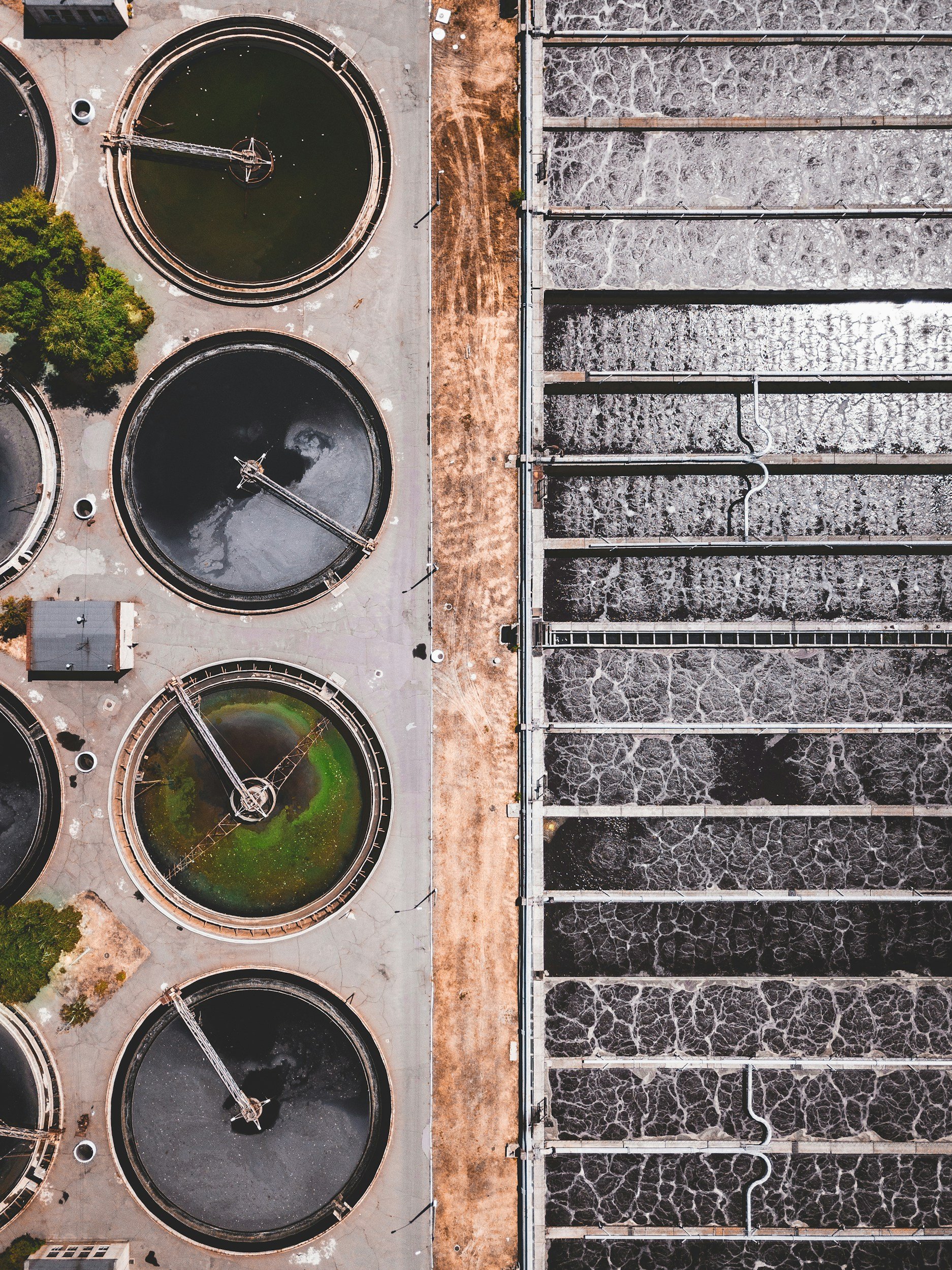
Love and Legacy: Honoring Pets with Meaningful Decisions
For many of us, pets are more than companions—they are family. When their time with us comes to an end, the choices we make for their aftercare not only reflect our love but also leave a legacy of how we honor the bond we shared. In Fargo, North Dakota, where pet owners seek compassionate solutions, these decisions are an opportunity to merge love with meaningful action.
Flame-based “traditional” pet cremation is a familiar choice, offering closure through memorialization. Yet, as more people explore environmentally conscious options, aquamation is emerging as a thoughtful alternative. This water-based process mirrors the natural decomposition of life, using far less energy and producing minimal emissions compared to cremation. According to research by Bartley et al. (2020), aquamation consumes only one-tenth the energy of fire-based cremation, reducing the environmental impact while offering the same opportunity to honor your pet’s memory.

The Heart of Sustainability: Small Changes, Big Impact
Flame-based “traditional” cremation, while widely used, has a notable environmental impact. Data varies, but estimates range between 80-230 lbs of CO₂ are released into the atmosphere with each animal cremation; assuming 155 lbs of CO₂ per animal (average) coupled with the data-driven estimate of 8,000 annual deaths of dogs and cats in the Fargo-Moorhead area, that could result in 124,000 lbs of CO₂ emissions from pet cremation just in our region every year. On a national (US) level, more than 350,000 tons of CO₂ are emitted by the pet cremation industry in the United States (Environmental Protection Agency, 2023). These emissions add to the already significant carbon footprint of pet ownership.

Breaking the Mold: Rethinking Pet Aftercare Choices
Challenging the status quo can feel daunting, especially when grief is involved. According to research on decision-making, we tend to rely on familiar patterns when under stress or emotional strain (Kahneman, 2011). In these moments, breaking free from habit requires courage and a willingness to explore alternatives that may better reflect our values and priorities. One such alternative is aquamation - a sustainable alternative to flame-based cremation for pets in the Fargo area.

Understanding Aquamation: A Gentle Choice for a Greener World
When it comes to saying goodbye to a beloved pet, many families seek options that reflect their values, including environmental responsibility. Aquamation, also known as alkaline hydrolysis, offers a gentle and sustainable alternative to traditional cremation and burial. With its reduced environmental footprint and dignified process, aquamation is quickly becoming a preferred choice for eco-conscious pet owners.

Global Fertilizer Shortage: The Benefits of Nutrient Recycling & Closing the Loop with Aquamation
Nutrient recycling is a critical process in sustainable farming and environmental stewardship. It allows for the reuse of essential nutrients, reducing the need for synthetic fertilizers and minimizing waste. One emerging method that fits into this model is aquamation, also known as alkaline hydrolysis. Aquamation’s ability to produce nutrient-rich wastewater could provide an eco-friendly way to “close the loop” by returning essential nutrients back to the soil.

Global Fertilizer Shortage: What Makes a Good Liquid Fertilizer
At the heart of any quality liquid fertilizer is its nutrient content. Plants require three primary nutrients: nitrogen (N), phosphorus (P), and potassium (K)—often referred to as N-P-K in the agricultural industry. These elements are crucial for growth, root development, and overall plant health. Nitrogen boosts foliage growth, phosphorus supports root formation and flower production, and potassium strengthens the plant’s resistance to diseases and helps in water regulation. A well-balanced liquid fertilizer provides these nutrients in concentrations appropriate for specific crops or growing conditions.

Global Fertilizer Shortage: Understanding the Nutrient Makeup of Aquamation Wastewater
The process of aquamation breaks down the organic matter of the body using water, heat, and an alkaline solution. As a result, the wastewater contains essential nutrients such as nitrogen, potassium, and phosphorus—key elements needed for healthy plant growth. Nitrogen helps plants grow strong stems and leaves, phosphorus supports root development, and potassium enhances overall plant health. These nutrients make the wastewater an intriguing candidate for use as a liquid fertilizer

The Global Fertilizer Shortage: Why It Matters
One of the main reasons for the shortage is the global disruption in supply chains due to the COVID-19 pandemic. Many of the raw materials used to produce fertilizer, like nitrogen, phosphate, and potassium, have become harder to obtain or more expensive to transport

Eco-Friendly Urns: Honoring Your Loved One While Caring for the Planet
One of the primary benefits of eco-friendly urns is the use of sustainable materials. Unlike traditional urns made from metal, wood, or ceramic, many eco-friendly urns are crafted from biodegradable substances like bamboo, cornstarch, recycled paper, or even natural salts

Understanding Your Pet Aftercare Options
Losing a beloved pet is never easy, and deciding how to care for them after they pass can be overwhelming. Understanding your options—cremation, burial, and aquamation—can help you make an informed decision that feels right for you and your pet.

Why Choose Aquamation for Your Pets
Making the choice for aquamation is multi-factorial; here are some benefits.
